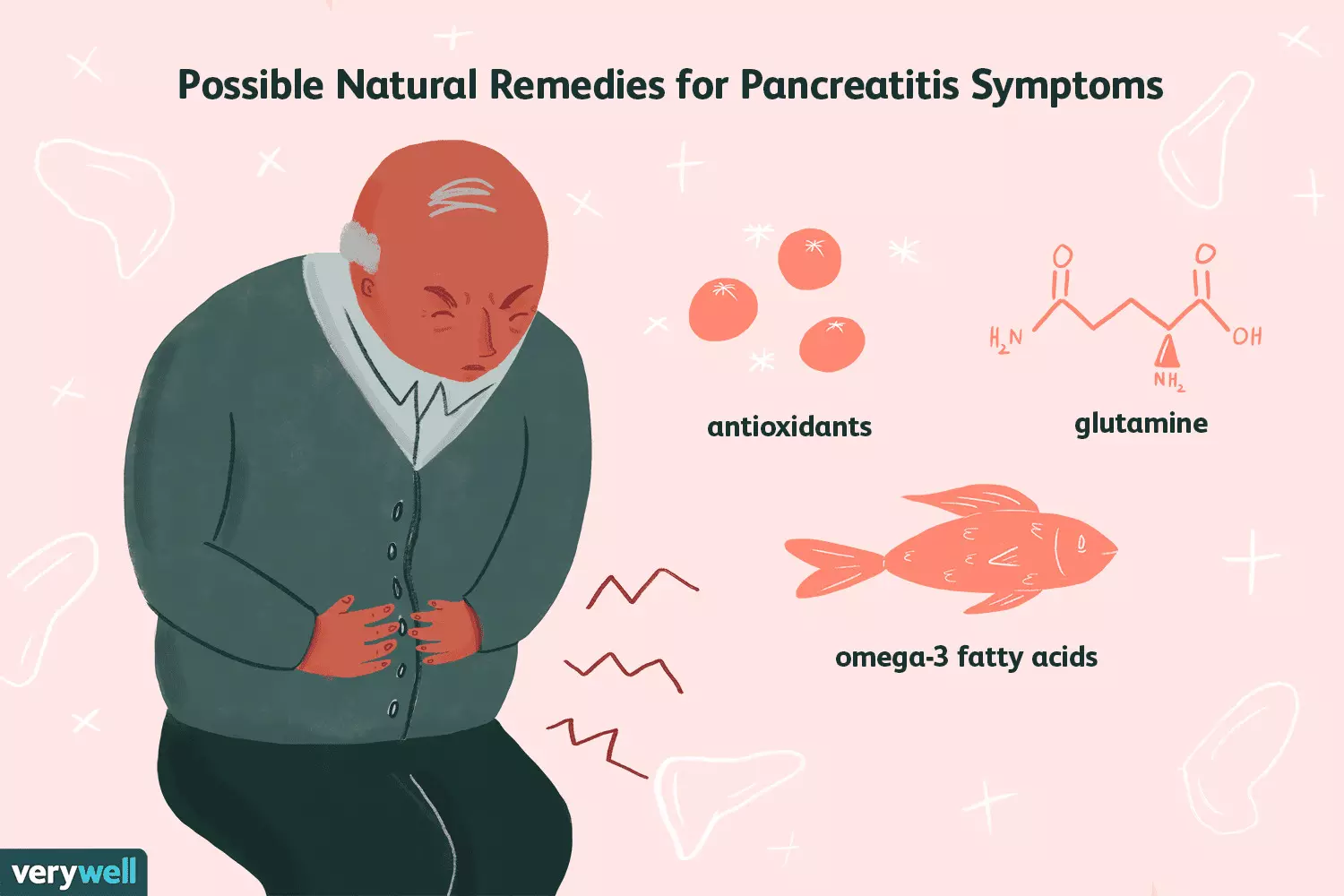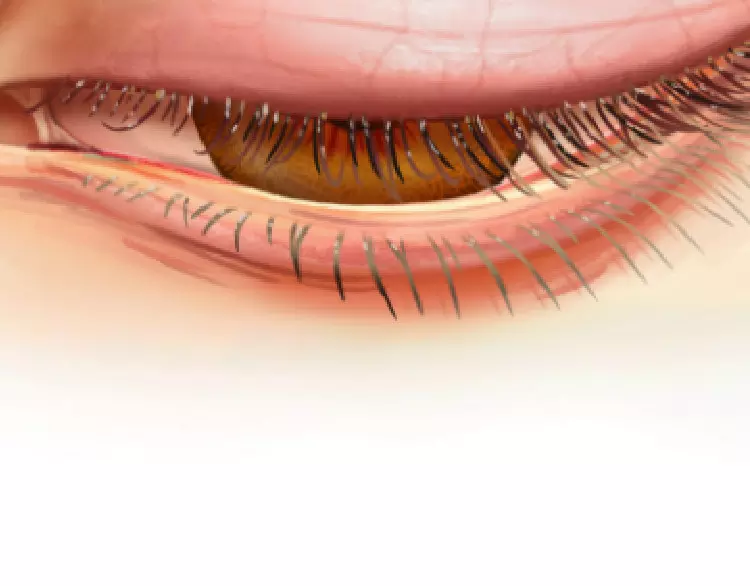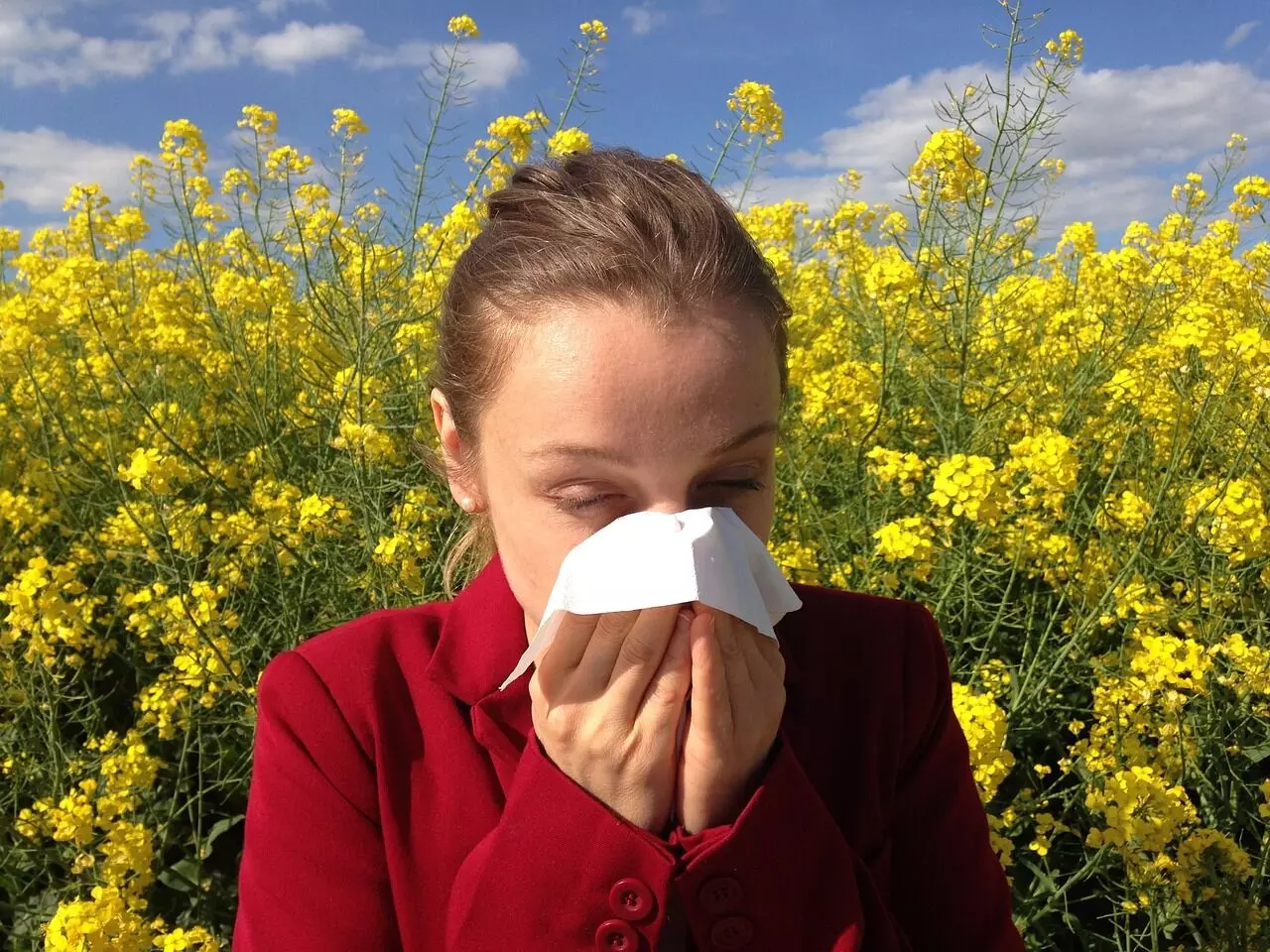
USA: Fluticasone propionate nasal spray has received approval from the US Food and Drug Administration (FDA) as the first treatment of chronic rhinosinusitis without nasal polyps.
Chronic sinusitis (also called “chronic rhinosinusitis” or “CRS”) is one of the most common chronic diseases, affecting approximately 30 million adults in the United States. Research shows that the disease impairs quality of life to a similar degree as other serious chronic conditions, such as chronic obstructive pulmonary disease, sciatica, or migraine. Chronic sinusitis is also one of the most common diagnoses in adult outpatient medicine. Chronic sinusitis is diagnosed in approximately 10 million outpatient visits, of which approximately 70% result in antibiotic prescriptions, and leads to more than 600,000 surgeries annually. Although there are FDA-approved medications to treat nasal polyps, including XHANCE, no medication had ever been approved for the more than two-thirds of chronic sinusitis patients who do not have nasal polyps-until today.
“The FDA approval of XHANCE for the treatment of CRS without nasal polyps is an important milestone,” said Rick Chandra, M.D., Professor of Otolaryngology-Head and Neck Surgery, Endowed Director, Roland “Ron” Eavey, MD, SM Endowed Directorship in Leadership and Education, Service Chief, Rhinology and Skull Base Surgery, Vanderbilt University. “Until today, we have been forced to use unproven therapies to try and alleviate the symptoms that these patients suffer. While we often resort to using nasal steroid sprays in this patient population, they have never been shown to be effective in large placebo-controlled clinical studies. XHANCE, which uses the Exhalation Delivery System to enable delivery of an established topical steroid to the areas of the nasal cavity and sinuses we know to be extensively inflamed, is now proven to be effective in treating our CRS patients both with and without nasal polyps.”
“People who don’t suffer from chronic sinusitis may not appreciate how burdensome the condition can be. More than 80% of patients with chronic sinusitis report frustration with symptom relief when using a standard-delivery nasal steroid sprays, and patients commonly use multiple unproven over the counter medications in an effort to find symptom relief.” said Ramy Mahmoud, MD, MPH, CEO of Optinose. “Although chronic sinusitis is one of the most common diagnoses in outpatient physician visits, and surgery is available, there has never been a prescription medication approved by the FDA as safe and effective to treat the millions of patients without nasal polyps suffering from this debilitating disease. We are thrilled to now be able to offer new hope to these patients and believe XHANCE has the potential to become part of the standard of care for the treatment of chronic sinusitis.”
The approval was based on data from the ReOpen program evaluating XHANCE for treatment of adults with chronic sinusitis. A drug-device combination product, XHANCE uniquely combines a widely used nasal steroid with the Exhalation Delivery System™, an innovative delivery system designed to target the sites where inflammation occurs, especially difficult-to-access sinuses and sinonasal drainage tracts not typically reached by standard-delivery nasal sprays.
The safety profile and tolerability of XHANCE for patients in the ReOpen trials was generally consistent with its currently labeled safety profile. The most common adverse reactions (incidence ≥ 3%) in the ReOpen program were epistaxis, headache, and nasopharyngitis.
About XHANCE
XHANCE® is a drug-device combination product that uses the Exhalation Delivery System™ (also referred to as the EDS®) designed to deliver a topical steroid to the high and deep regions of the nasal cavity where sinuses ventilate and drain. XHANCE is approved by the U.S. Food and Drug Administration for the treatment of chronic rhinosinusitis (with and without nasal polyps) in patients 18 years of age or older.
About the ReOpen Program
The ReOpen program comprised two global, randomized, double-blind, placebo-controlled Phase 3 trials that evaluated the efficacy and safety of one or two sprays of XHANCE in each nostril twice daily, over 24 weeks, in patients suffering from chronic sinusitis. In ReOpen1, the first of the two trials, 332 chronic sinusitis patients either with or without concurrent nasal polyps were treated. In ReOpen2, 222 chronic sinusitis patients who did not have polyps in the nasal cavity were treated. The co-primary endpoints were change from baseline in symptoms, as measured by composite symptom score (nasal congestion, facial pain or pressure, and nasal discharge) at the end of week 4, and change in inflammation inside the sinus cavities, as measured by CT scans (change in the average of the percentages of volume occupied by disease in the ethmoid and maxillary sinuses) at week 24. The ReOpen trial program is a landmark research program that included the first ever large, placebo-controlled trials we are aware of to demonstrate that any nasal medication produces significant improvement in both symptoms and inflammation inside the sinuses for patients with chronic sinusitis, regardless of whether or not nasal polyps are present, and to show reduction in the number of acute exacerbations.










